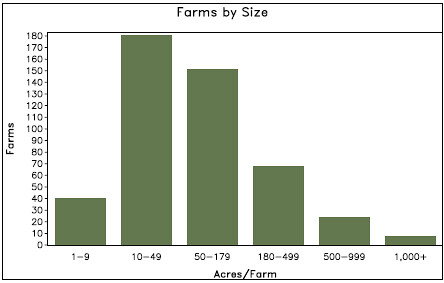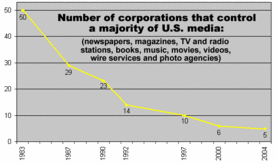Gus Lubin wrote in Business Insider 9 June 2011, Dramatic Proliferation Of Herbicide-Resistant Weeds Threatens U.S. Crops
Oh, you mean like this pigweed-infested cotton from last year? The Palmer amaranth is already just as bad this year.Researchers at Iowa State University warn that herbicide-resistant weeds are proliferating and may jeopardize U.S. food supply.
In an article published in Journal of Agricultural and Food Chemistry, weed scientist Michael Owen said the proliferation of superweed “has been fairly dramatic in the last two to three years.”
Weeds are developing resistance to glyphosate, the active ingredient in Roundup, which has been used extensively since 1996.
U.S. soybean, cotton and corn production could suffer from further proliferation, according to Science News:
“Today, 98 percent of U.S. soybeans, 88 percent or so of U.S. cotton and more than 70 percent of U.S. corn come from cultivars resistant to glyphosate,” Owen reports. Reliance on these crops — and an accompanying weed-control strategy that employs glyphosate to the exclusion of other herbicides — “created the ‘perfect storm’ for weeds to evolve resistance,” Owen and Jerry Green of Pioneer Hi-Bred International in Newark, Del., argue in their new analysis.
It’s not like this is news. We’ve been going on about it Continue reading












